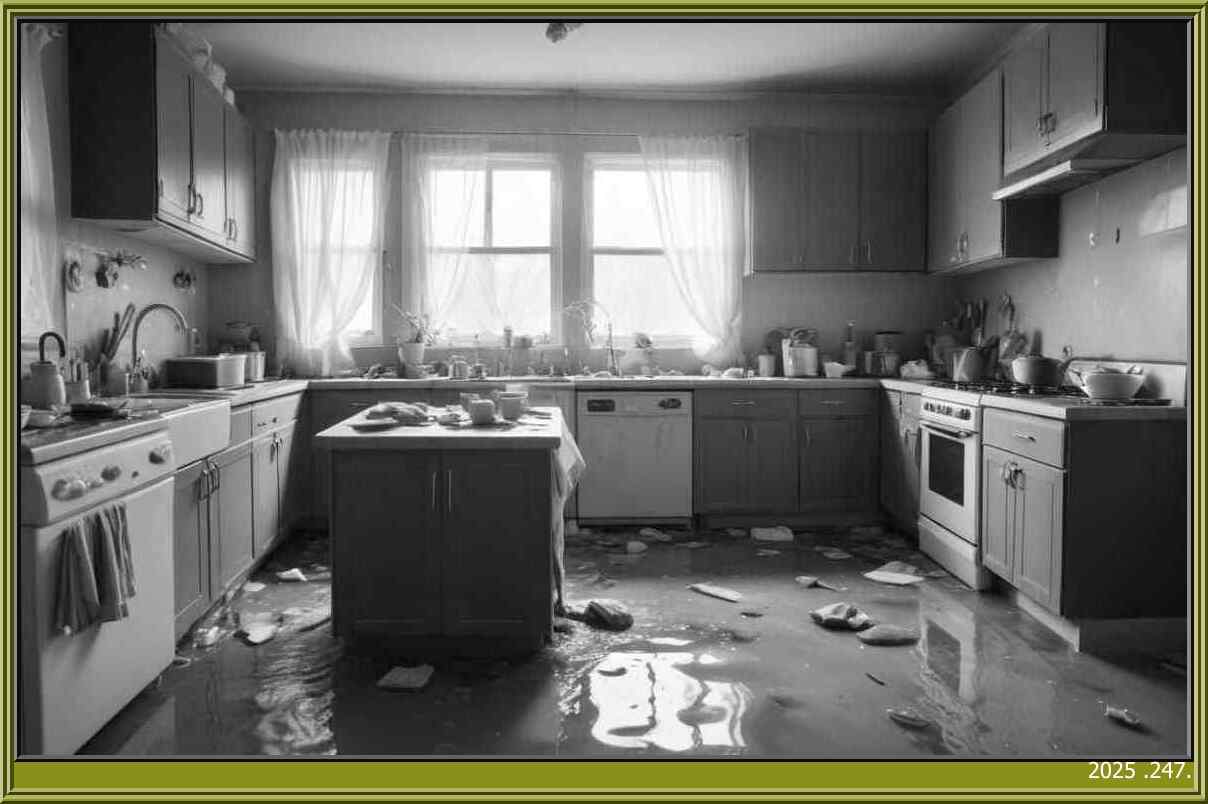
Bacteria thrive in damp environments, easily multiplying on various surfaces like walls, floors, furniture, and personal belongings. Left untreated after water damage occurs, these harmful microorganisms can pose serious health risks. Common bacteria found post-water damage include E.coli, salmonella, mold spores - all of which have been linked to respiratory issues or infections when exposed for prolonged periods.
To start eliminating bacteria from your property after water damage has occurred:
1. Assess the extent of contamination: Identify areas affected by blackwater (sewage backups or floods). These situations require professional intervention due to potentially hazardous materials within the stagnant liquid.
2. Ensure proper ventilation: Before beginning any cleaning or disinfection procedures, open windows and doors or use fans to circulate fresh air throughout space.
3. Use protective gear: Safeguard yourself with gloves and masks while handling contaminated items or working in close proximity to affected areas.
4. Remove standing water: Utilize pumps or wet-dry vacuum equipment capable of extracting large volumes of liquid efficiently.
5. Clean non-porous surfaces vigorously: Non-porous objects such as glass windows/mirrors should be cleaned using soap/detergent solution followed by sanitization with an EPA-approved disinfectant registered against bacteria/fungi/viruses.
6. Treat porous materials effectively:
Porous materials like carpets/reupholstered furniture may require extraction equipment specifically designed for deep-cleaning during restoration processes.
If salvaging is feasible based on thorough evaluation, clean them using appropriate antimicrobial solutions. In extreme cases, complete removal and replacement might be necessary.
7. Address hidden cavities: Water can seep into building materials or structural components such as drywall/insulation. A meticulous inspection should be done to locate potential hiding spots for bacteria.
8. Utilize professional-grade disinfectants:
Consider engaging certified water damage restoration professionals who use potent disinfecting agents that eliminate a wide range of harmful bacteria effectively.
Conventional bleach-based products may not offer comprehensive coverage but rather add an additional layer of lingering odor in the process.
9. Odor elimination techniques:
To tackle persistent odors caused by microbial growth during water damage events, specialized equipment like ozone generators or hydroxyl systems can effectively neutralize unpleasant smells.
10. Regular monitoring and reassessment: Continuously assess treated areas to ensure long-term effectiveness in minimizing bacterial regrowth and preventing secondary issues like mold infestation.
Remember that combating the challenges posed by water damage extends far beyond drying surfaces; eliminating bacteria and eradicating odors are paramount for restoring a safe living environment after such incidents occur. Prioritizing proper disinfection protocols with professional assistance ensures your property is thoroughly cleaned, sanitized, and ready for occupancy promptly - alleviating worries about potential health hazards associated with post-water damage scenarios.